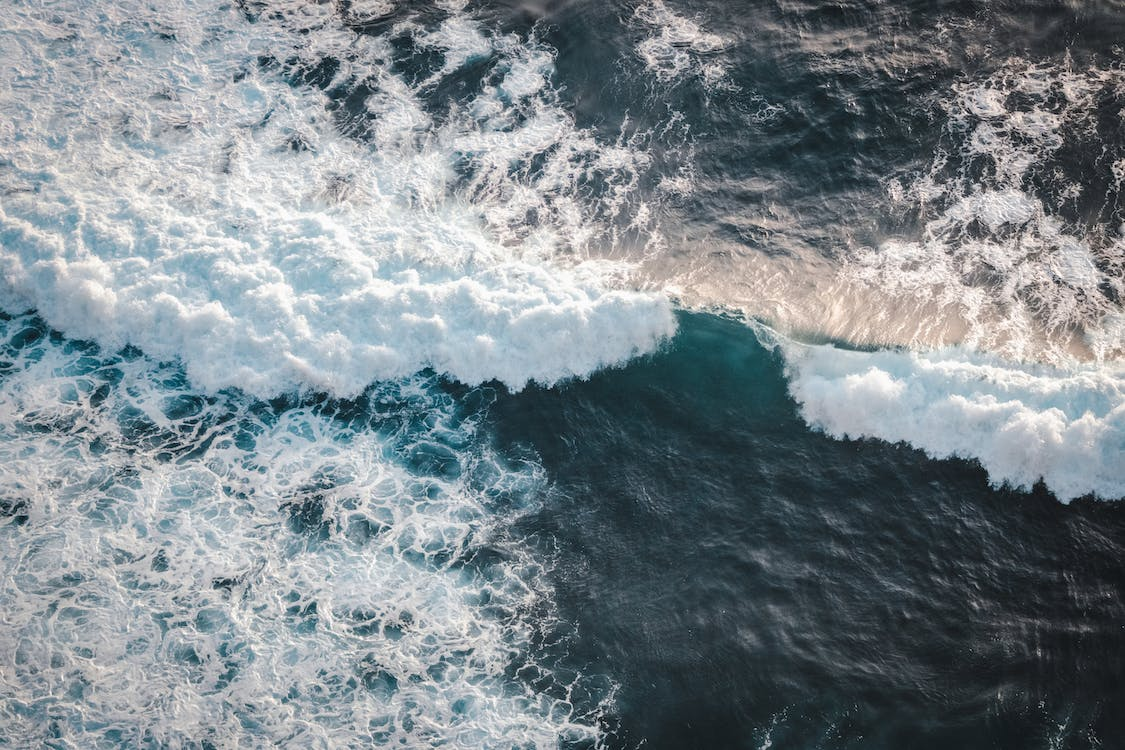
Description
The integration of simulated drifter data with nadir altimetry observations provides a holistic understanding of surface ocean dynamics. This combined approach aims to refine and potentially revolutionize gridded altimetric products by harnessing the detailed trajectory data from drifters and the broad-scale sea surface height measurements from nadir altimetry.
Impact During the Project
Enhanced Resolution and Accuracy of Altimetric Products:
Traditional State: Previously, gridded altimetric products mainly relied on satellite altimetry data, which, while comprehensive, might not capture all localized or transient oceanographic features.
Advancement: The incorporation of simulated drifter data adds another layer of detail to these products. Drifters can capture small-scale and short-lived oceanic features that a satellite might miss, thereby enhancing the resolution and accuracy of the resultant gridded altimetric products.
Improved Surface Current Estimations:
Traditional State: Estimation of surface currents was primarily based on satellite-derived sea surface height data and might not have captured the full nuance of ocean surface movements.
Advancement: Simulated drifter data offers direct observations of surface current trajectories. When integrated with nadir altimetry observations, it enables a more precise calculation of surface currents across various spatial scales.
Impact Post Project
Informed Marine and Coastal Management:
Traditional State: Without the detailed insights provided by integrated datasets, marine and coastal management decisions might have been based on less comprehensive information.
Advancement: The improved gridded altimetric products can inform better decision-making in areas such as marine conservation, shipping and navigation, and fisheries management, as they provide a clearer understanding of oceanic conditions and dynamics.
Strengthened Climate and Oceanographic Research:
Traditional State: Prior research was limited by the granularity and accuracy of available data.
Advancement: The enhanced altimetric products, which now incorporate both simulated drifter and nadir altimetry data, offer researchers a more detailed dataset for studying various oceanographic phenomena, from mesoscale eddies to large-scale circulation patterns. This can lead to better insights into ocean circulation’s role in climate systems.
Advancement over and above State of the Art
The fusion of simulated drifter data with nadir altimetry observations represents a groundbreaking step in the domain of oceanographic research and applications. By capturing both the broad-scale and finer details of oceanic processes, this integrated approach pushes the boundaries of what’s possible in creating gridded altimetric products. It not only offers a means to better understand the ocean’s current state but also provides a foundation for future advancements in oceanographic modelling, forecasting, and management. This innovation is poised to have profound implications for diverse sectors, from marine conservation to the broader field of climate research.
Links and References
Link to D8.12 – EuroSea Legacy Report: Due at the end of the project
